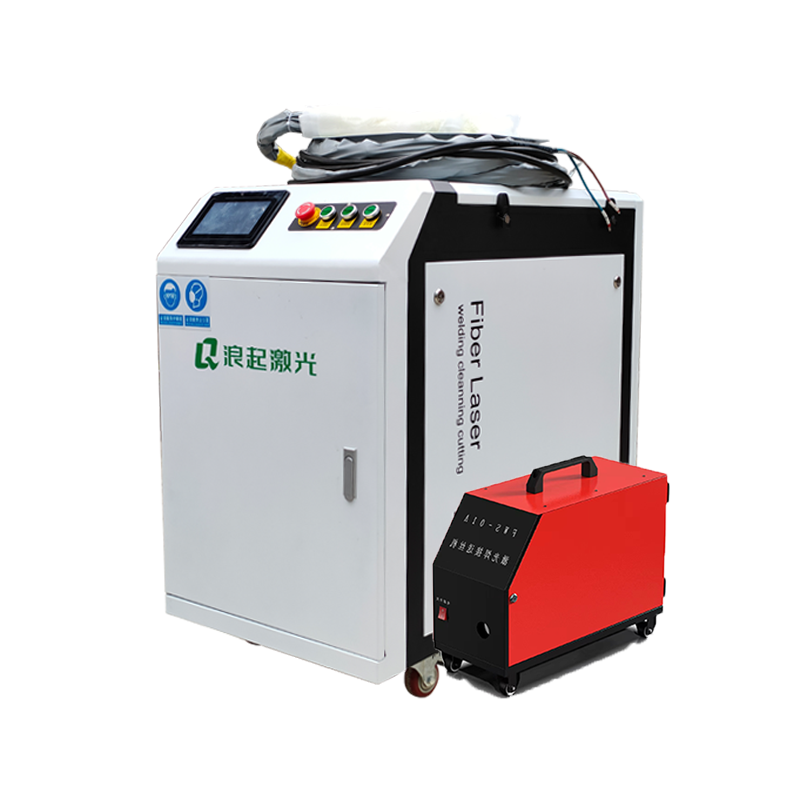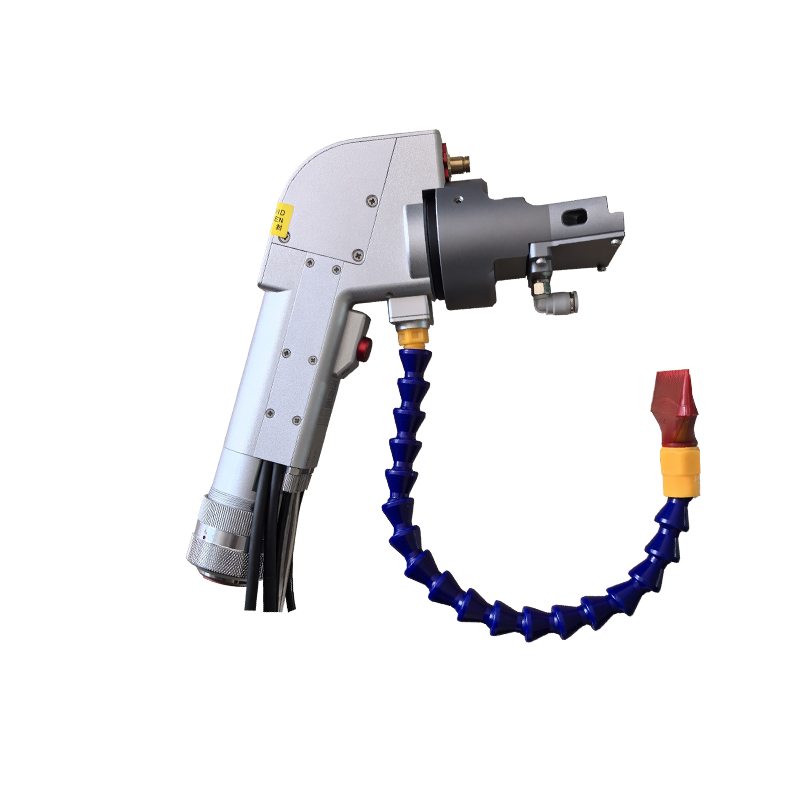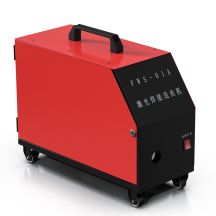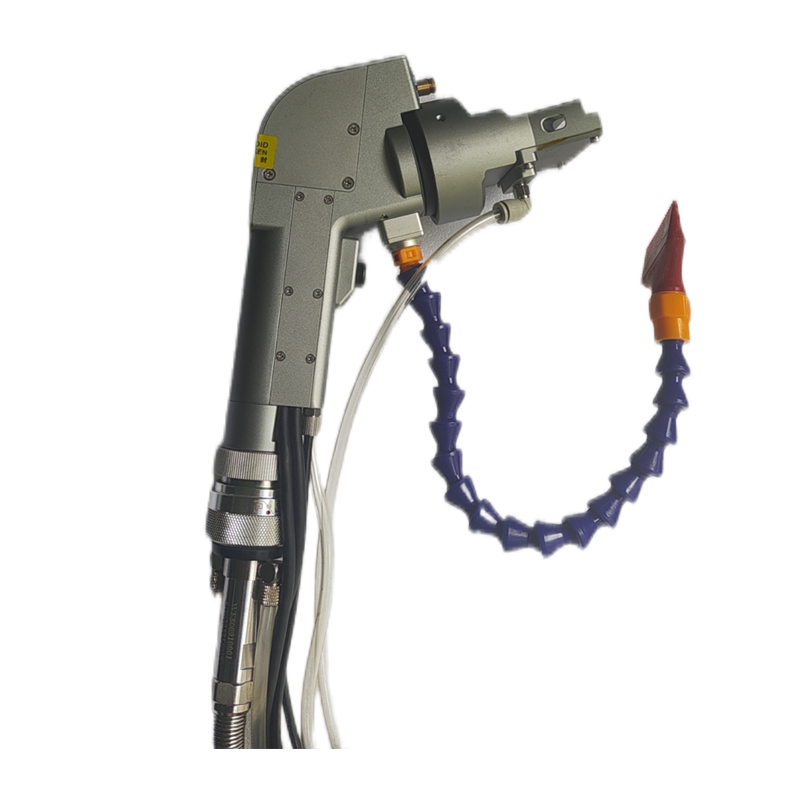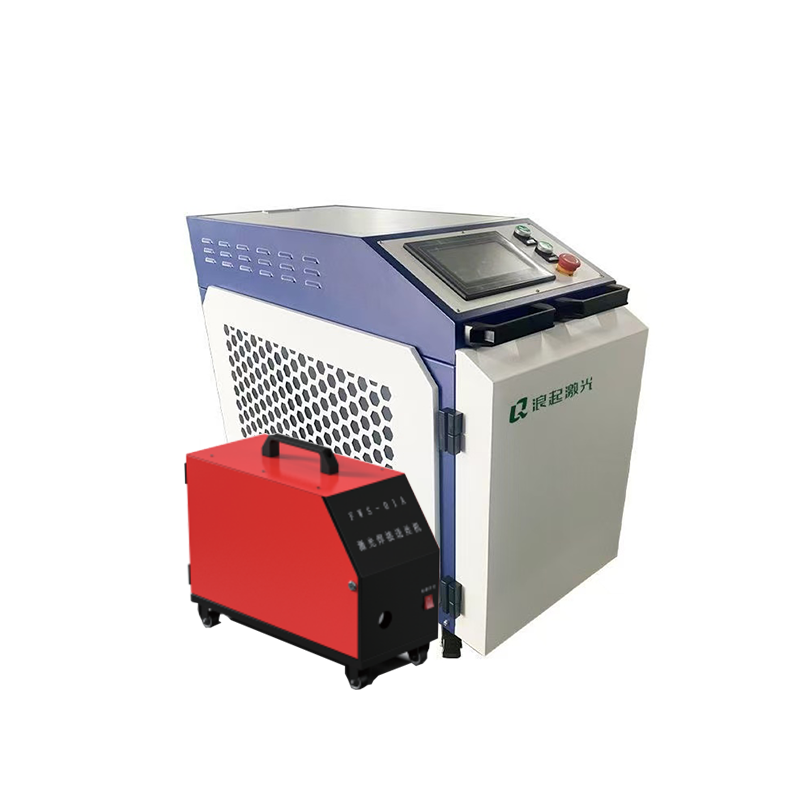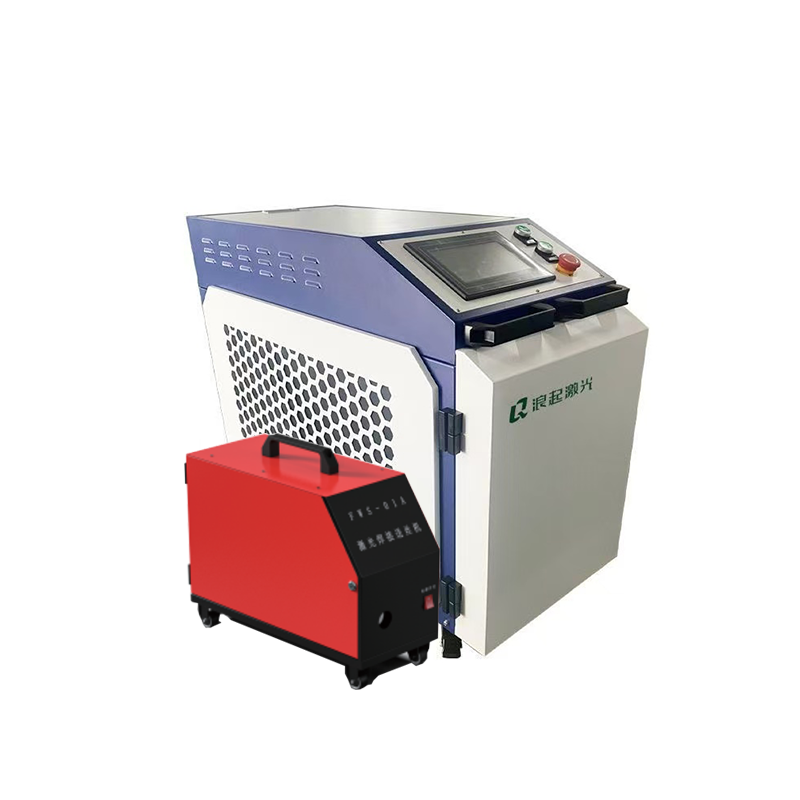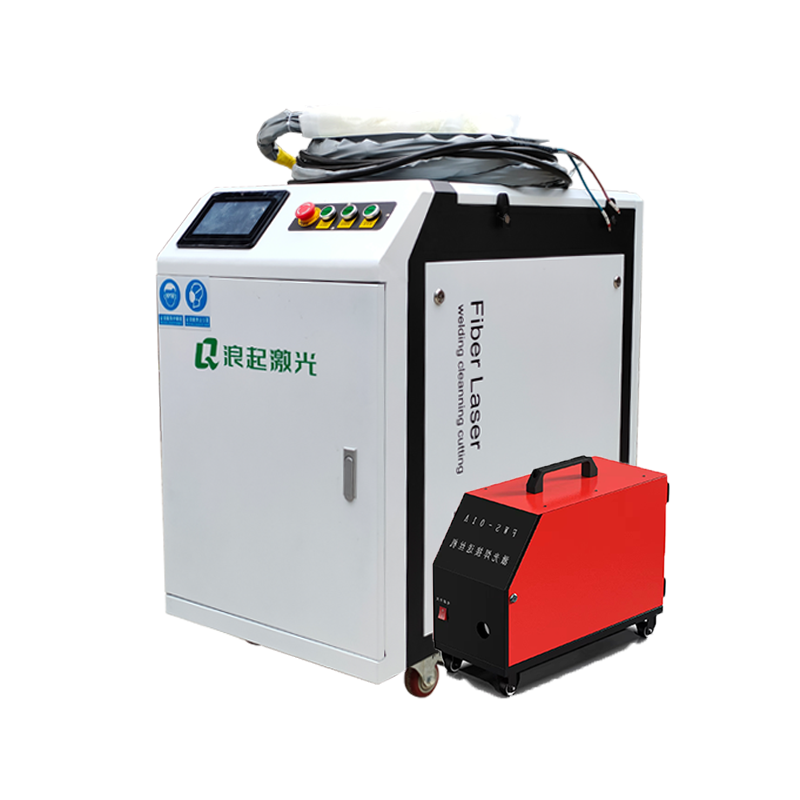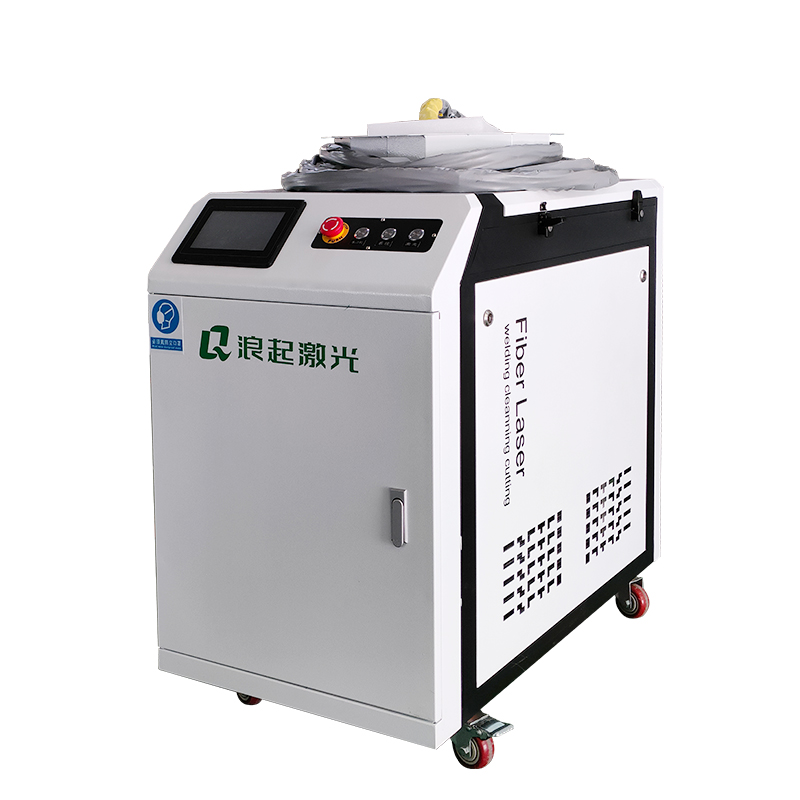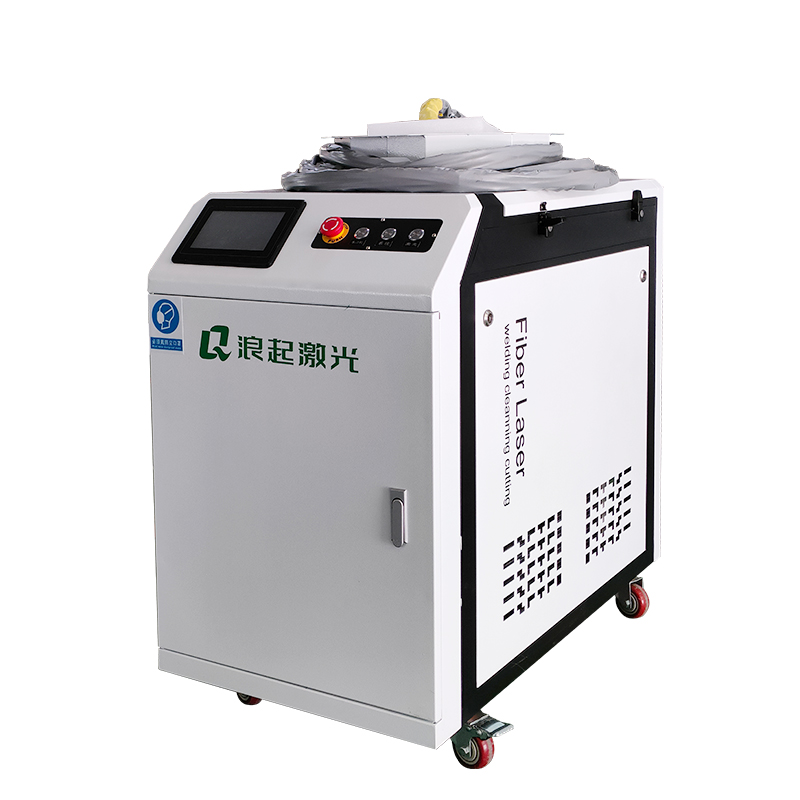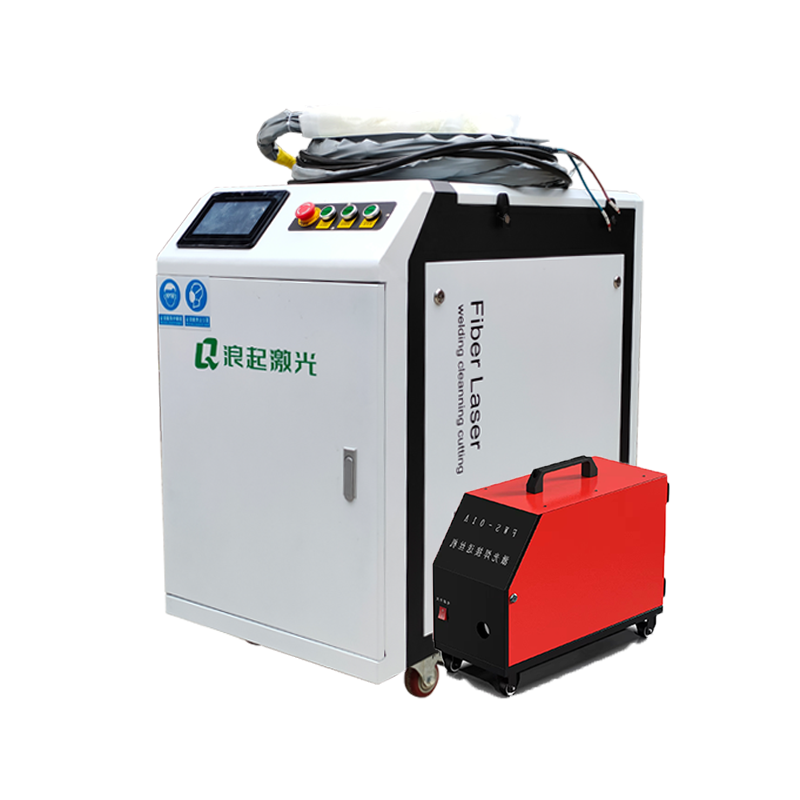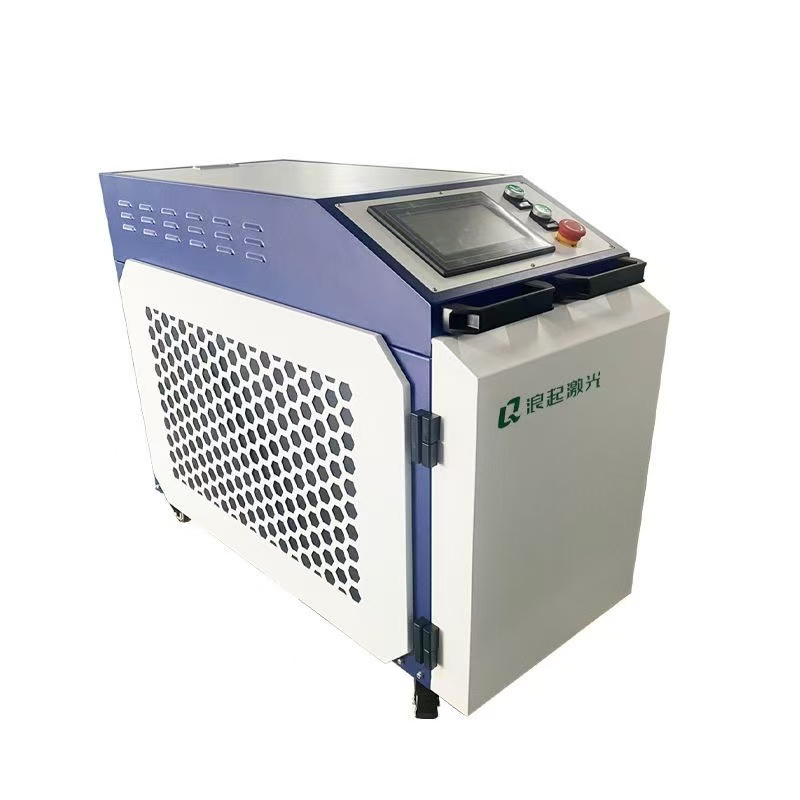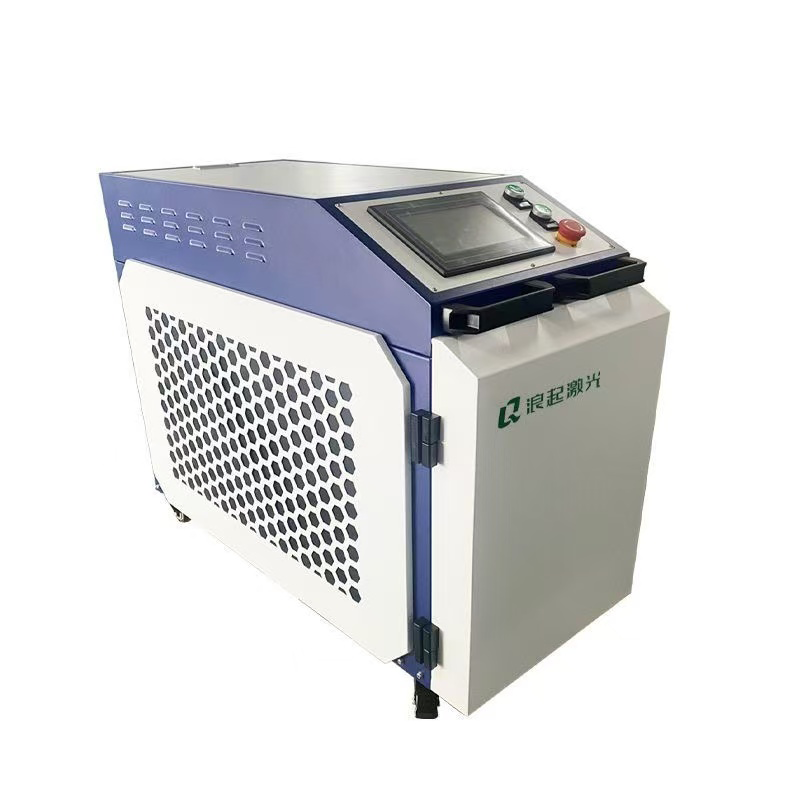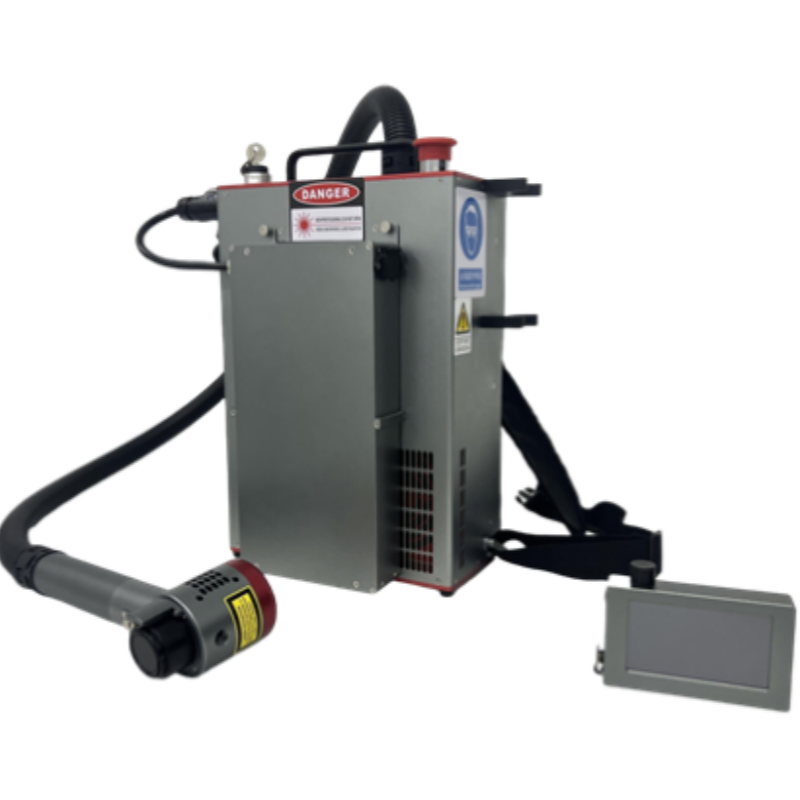Of course. The comprehensive application of laser welding and cleaning machines represents a significant advancement in modern manufacturing, especially in high-precision and high-value industries. These two technologies are often used in tandem to create a seamless, automated, and high-quality production process.
Here is a detailed breakdown of their individual and combined applications.
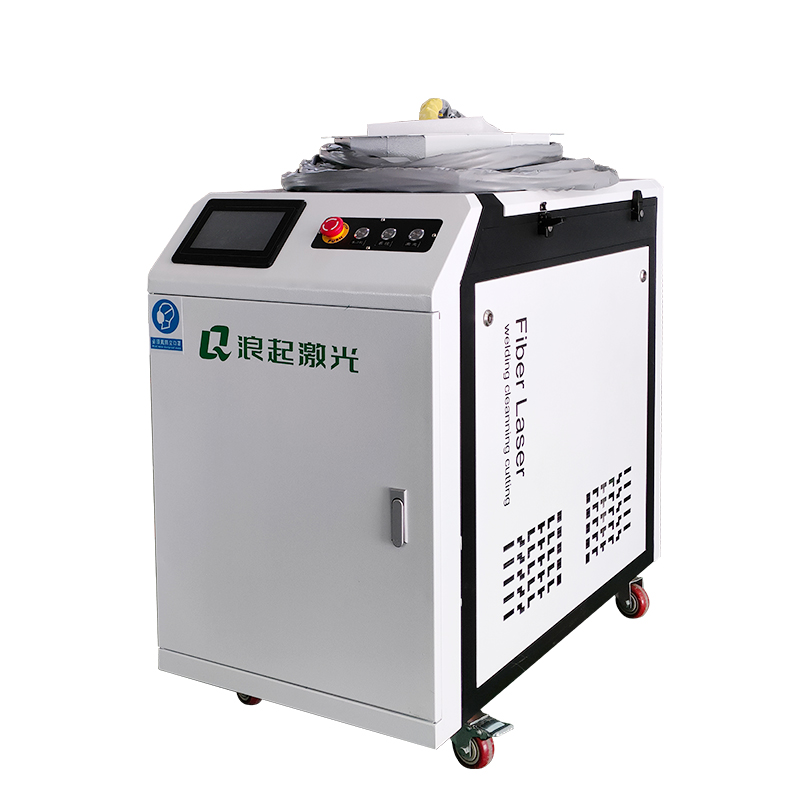
Executive Summary
Laser welding and laser cleaning are complementary technologies. Laser cleaning prepares the surface by removing contaminants (oxides, oils, coatings) that would otherwise compromise weld quality. Laser welding then joins the materials with unparalleled precision, strength, and minimal thermal distortion. Using them together in an integrated cell ensures repeatable, high-integrity welds, reduces defects, and lowers overall production costs.
Part 1: Laser Welding Machines
Laser welding uses a highly focused beam of light to melt and fuse materials together.
Key Advantages:
High Precision & Control: Extremely small heat-affected zone (HAZ) minimizes distortion, even for delicate parts.
Strength & Quality: Creates deep, narrow welds with superior mechanical properties.
Speed & Efficiency: Very fast process, suitable for high-volume production.
Automation: Easily integrated into robotic systems for complex paths and unmanned operation.
Material Versatility: Can weld dissimilar metals, aluminum, titanium, and high-strength steels.
Comprehensive Applications:
Automotive Industry:
Body-in-White: Joining roof panels, door frames, and chassis components with minimal distortion.
Powertrain: Welding transmission components, gears, and exhaust systems (often dissimilar metals).
Electric Vehicles (EVs): Critical for battery manufacturing—welding battery tabs, cell housings, and busbars without damaging sensitive internal components.
Aerospace & Defense:
Welding thin-walled engine components, turbine blades, and fuel nozzles where precision is paramount.
Joining lightweight airframe structures made from aluminum and titanium alloys.
Medical Device Manufacturing:
Hermetically sealing pacemakers, implants, and surgical instruments. The weld must be perfectly clean, strong, and biocompatible.
Electronics & Microtechnology:
Sealing sensitive sensors (e.g., LiDAR, pressure sensors) and welding tiny components within smartphones, wearables, and communication devices.
Jewelry & Precision Engineering:
Creating nearly invisible welds on precious metals for repair and manufacturing.
Part 2: Laser Cleaning Machines
Laser cleaning (or laser ablation) uses short pulses of laser light to vaporize contaminants off a surface without damaging the substrate.
Key Advantages:
Non-Abrasive & Non-Contact: No media blasting, no chemicals, no surface wear or damage.
Eco-Friendly: Eliminates chemical waste and abrasive media disposal. The removed contaminant is typically captured by a filtration system.
Precise & Selective: Can clean specific areas (e.g., just the weld seam) without masking.
Automation Ready: Perfect for robotic integration.
Comprehensive Applications:
Pre-Weld Preparation (Most Common Application):
Removing oxides, rust, oil, grease, paint, and coatings from the joint area to prevent porosity, cracking, and weak welds.
Post-Weld Treatment:
Removing heat tint (coloration from oxidation) and soot from finished welds for a perfect cosmetic appearance.
Preparing the surface for non-destructive testing (NDT) or painting.
Mold & Tool Maintenance:
Cleaning release agents, rubber residues, and carbon deposits from injection molds and tire molds without damaging the precision tooling surface.
Cultural Heritage Restoration:
Gently removing centuries of dirt, black crust, and corrosion from statues, stonework, and metal artifacts.
General Industrial Maintenance:
Degreasing machinery, removing rust from structural steel, and de-painting components for repair.
Part 3: The Power of Combined Application (The Integrated Process)
The true comprehensive application is when these two processes are combined into a single, automated workflow. This is often seen in advanced manufacturing cells.
The Workflow:
Robot picks up the part and positions it.
Laser Cleaning Head Activates: A robotic arm with a laser cleaning head scans the precise area where the weld will be laid. It removes all contaminants, exposing pure, clean metal.
Automatic Tool Change: The robot automatically swaps the cleaning head for a laser welding head (or uses a single head with dual functions if technology allows).
Laser Welding Head Activates: The robot immediately performs the weld on the perfectly prepared surface.
(Optional) Post-Process Inspection/Cleaning: The same or another robot can then use the cleaning head to remove any post-weld discoloration.
This entire process can be completed in seconds with no human intervention.
Benefits of the Combined System:
Eliminates Human Error: No chance of forgetting to clean or improper cleaning.
Maximizes Quality and Yield: Drastically reduces weld defects like porosity and lack of fusion, leading to near-100% first-pass yield.
Increases Throughput: The process is faster than manual cleaning and welding.
Lowers Total Operating Cost: Reduces the need for rework, scrap, consumables (like grinding disks and chemicals), and manual labor.
Ensures Traceability: Digital records of cleaning and welding parameters for each part.
Conclusion
The comprehensive application of laser welding and cleaning machines is a cornerstone of Industry 4.0. It moves beyond using them as standalone tools to integrating them into a smart, connected, and highly efficient production system. This synergy is essential for industries where quality, reliability, and precision are non-negotiable, such as in aerospace, electric vehicle battery production, and medical device manufacturing. By ensuring a perfectly clean surface before welding, laser cleaning unlocks the full potential of laser welding, making the combined process greater than the sum of its parts.

